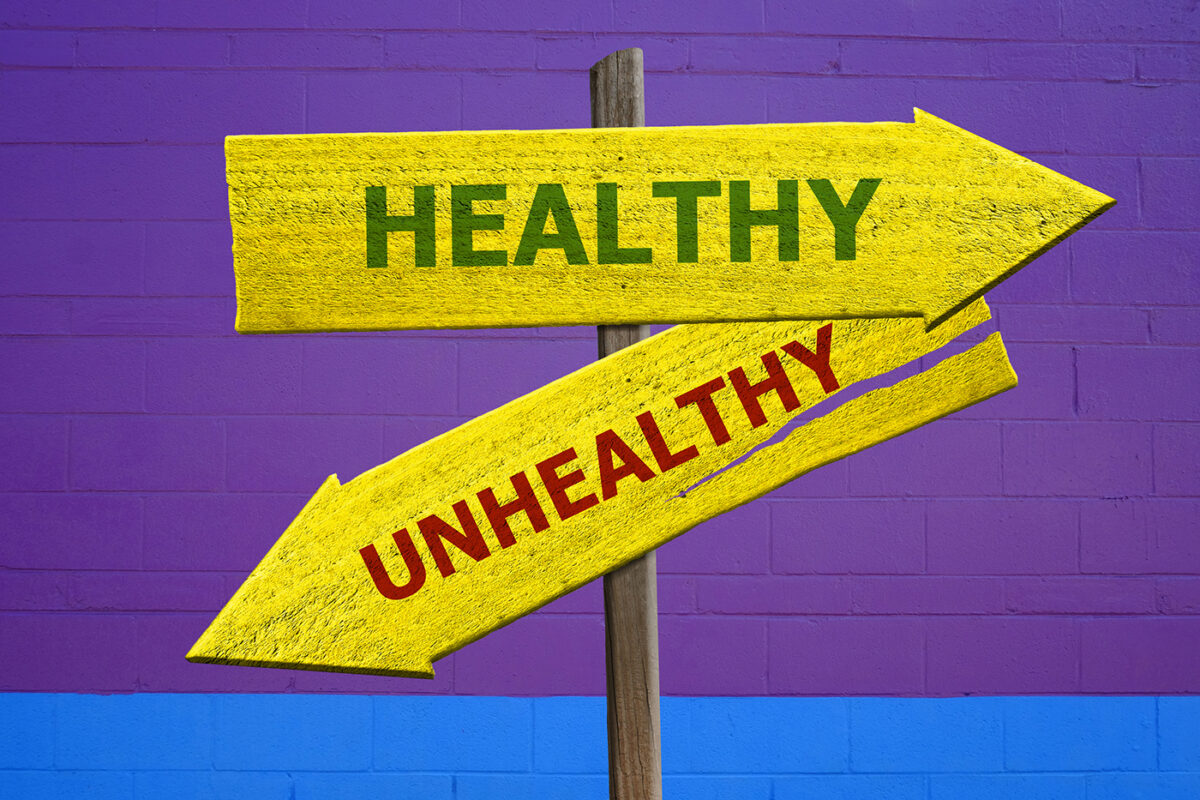
In this installment in our series explaining key terms and phrases used by public health officials in discussions of the COVID-19 pandemic, we look at the term “test specificity.”
In a previous blog post we discussed test sensitivity, which measures how often a test generates a positive result for people who actually have a certain condition. Another important aspect of medical testing is test specificity, which measures a test’s ability to generate a negative result for people who do not have the condition. Test specificity is also known as the true negative rate, as it represents the proportion of negative tests among people who are actually negative for the condition of interest.
Using COVID-19 testing as an example, if 100 people are tested, and 50 are infected and 50 are healthy, a test with 100% specificity would yield a negative result for all 50 people who are not infected. However, if a test’s specificity is 70%, the test will only yield a negative result for 70% of those who are not infected (or 35 people instead of the 50 in our example who are truly not infected with the virus). Therefore, 30% (or 15 of the 50 people in our example not infected with the virus) will incorrectly receive a positive result.
There is a tradeoff between test sensitivity and test specificity. Typically, tests with higher sensitivity have lower specificity, which can yield a greater number of false positives. Conversely, tests with a higher specificity have lower sensitivity, which can yield a greater number of false negatives. While neither false negative nor false positive results are ideal in COVID-19 testing, tests with a high false negative rate carry significant risk, as individuals receiving a false negative may not modify their behavior to avoid spreading the virus. For this reason, the Arkansas Department of Health advises that close contacts of a known COVID-19 positive case should quarantine for 14 days even if they receive a negative test result.





